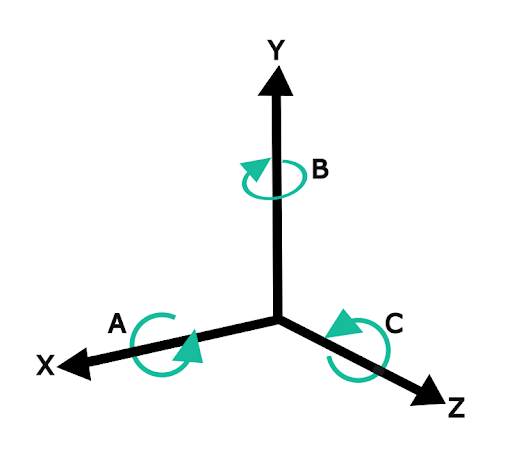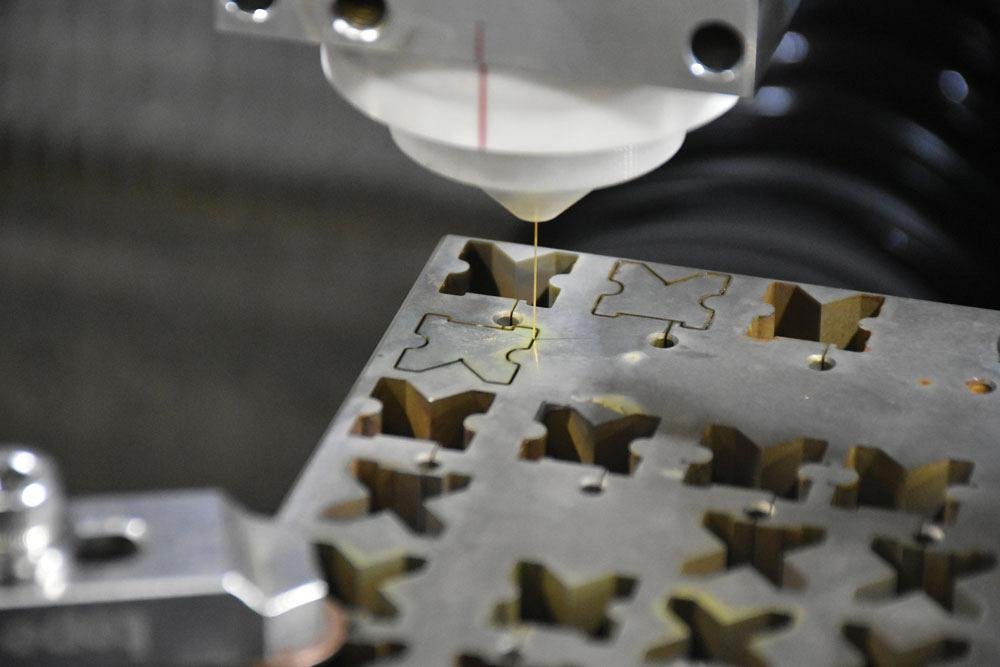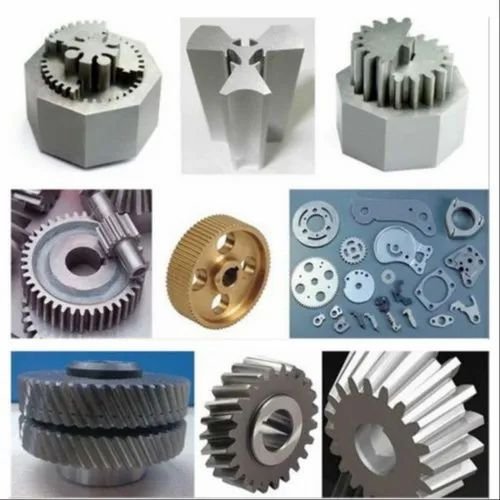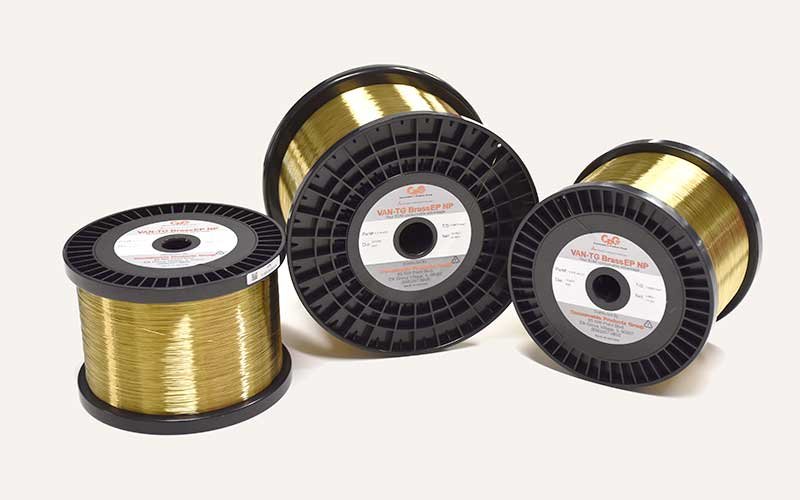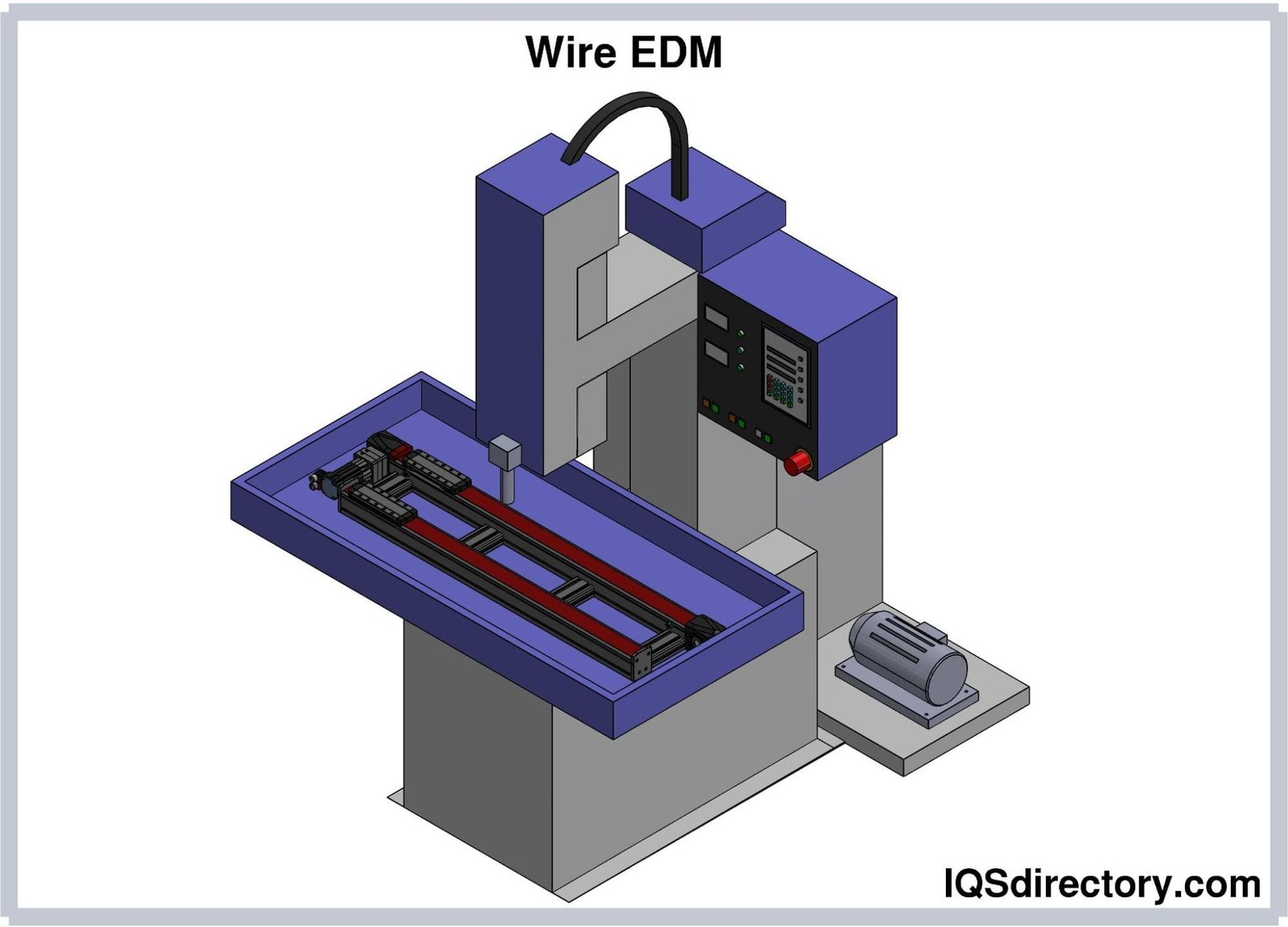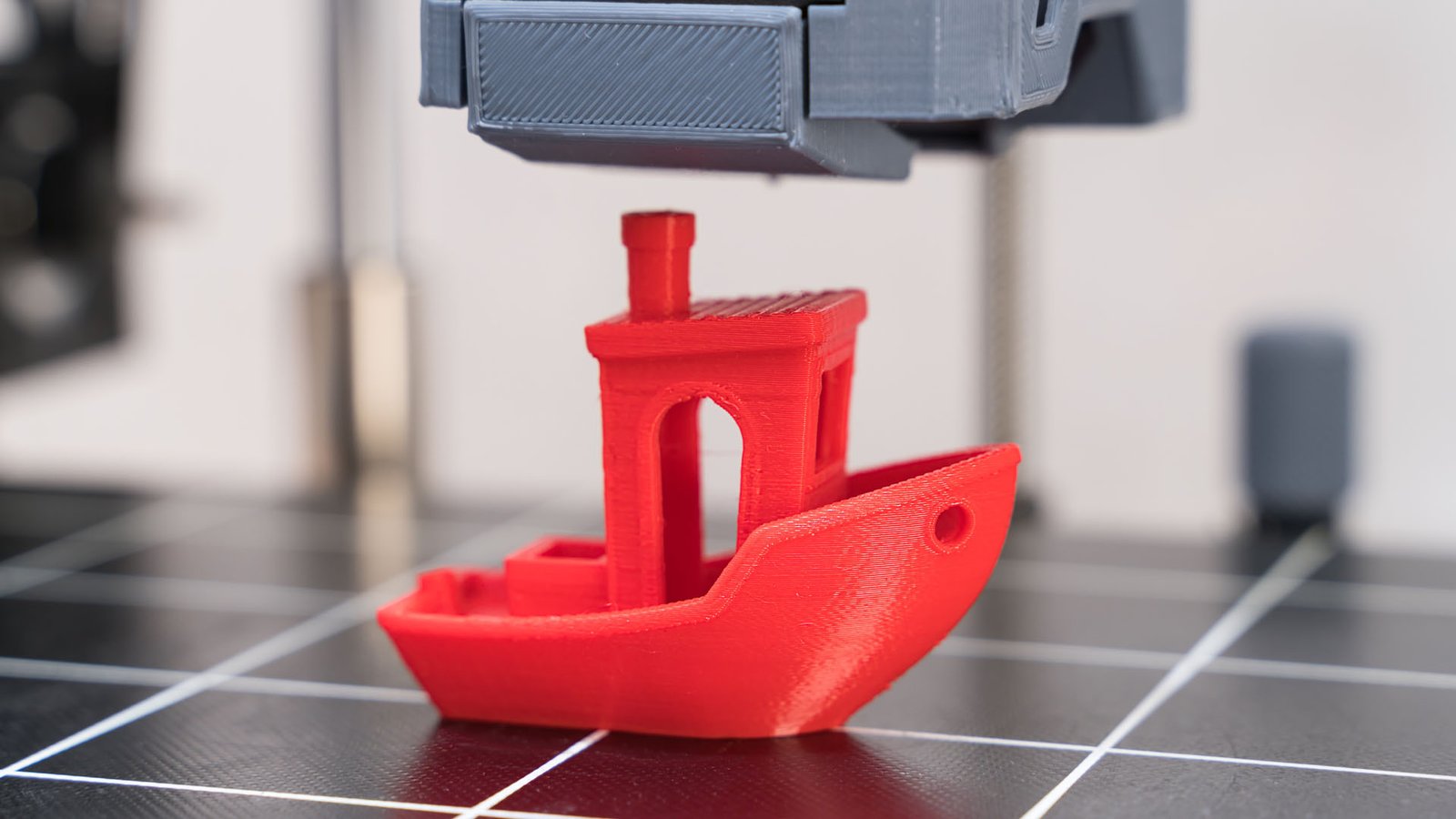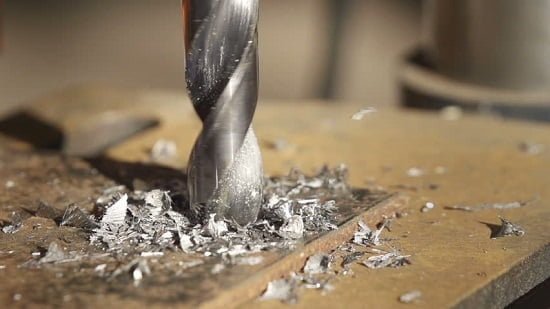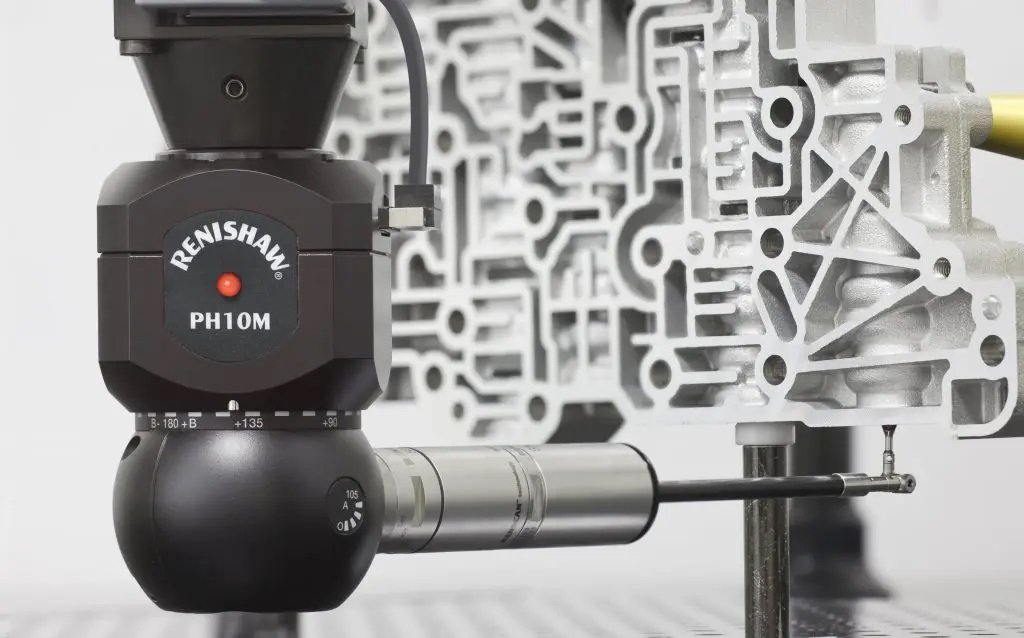Strengths and Weaknesses of SLA 3D Printing
Strengths and Weaknesses of SLA 3D Printing
Strengths:
- High Precision and Detail: SLA 3D printers offer significantly higher dimensional accuracy and the ability to print small details compared to other printing methods.
- Surface Quality: The surface quality of parts printed with SLA 3D printers is exceptionally smooth and uniform.
- Variety of Resins: A range of resins for different applications, such as clear resin, casting resin, flexible resin, etc., is available.
- Isotropic Mechanical Properties: Unlike FDM-printed parts, those created with SLA 3D printers have isotropic mechanical properties, meaning they exhibit uniform strength in different directions.
- Layer Thickness: Typical layer thickness in SLA ranges from 25 to 100 microns.
Weaknesses:
- Fragility of Parts: Parts produced with SLA 3D printers are somewhat more fragile compared to other printing methods, especially if they are not properly cured post-production.
- Reduced Long-term Durability: If exposed to UV light for extended periods, these parts can lose their mechanical properties over time, potentially warping or fading in color.
- Need for Support: Unlike the SLS printing method, SLA requires support structures. Removing supports can detract from the overall feel of the printing method’s excellence.
- Cost Comparison: SLA is generally more expensive compared to DLP 3D printing.
- Warping Issue: Similar to FDM printers, warping can occur in SLA 3D printers as well.
Latest Articles in your inbox
Subscribe to our newsletter to get the newest manufacturing and industrial services articles in your inbox once a week.


